How restaurants stick to their schedules? In the dynamic world of restaurant management, sticking to schedules is vital for maintaining efficient operations and delivering exceptional customer experiences. From staff shifts to food preparation timelines, every aspect of a restaurant’s schedule contributes to its success. In this article, we’ll explore the strategies and practices that restaurants employ to adhere to their schedules consistently. We’ll cover key considerations, best practices, and address frequently asked questions to provide a comprehensive guide for restaurant owners and managers seeking to optimize their scheduling processes.
Importance of Sticking to Schedules
Adhering to schedules is crucial for several reasons:
- Customer Satisfaction: Punctuality ensures that customers receive prompt service and timely meals, enhancing their overall dining experience and fostering customer loyalty.
- Operational Efficiency: A well-executed schedule maximizes efficiency in kitchen operations, staffing levels, and resource utilization, leading to smoother workflows and higher productivity.
- Cost Control: Sticking to schedules helps control labor costs by minimizing overtime, reducing idle time, and optimizing staff allocation based on demand.
- Employee Morale: Consistent adherence to schedules promotes employee satisfaction by providing predictability, stability, and work-life balance for staff members.
Strategies for Sticking to Schedules
- Effective Communication: Clear and timely communication is essential for ensuring that all staff members are aware of their roles, responsibilities, and schedule requirements. Utilize communication tools such as scheduling software, shift calendars, and staff meetings to keep everyone informed.
- Flexible Scheduling Practices: Implement flexible scheduling practices that accommodate employee preferences, availability, and personal commitments while maintaining adequate staffing levels during peak hours.
- Real-Time Monitoring: Utilize technology to monitor operations in real-time, track progress against schedule targets, and identify any deviations or bottlenecks that may arise. Address issues promptly to prevent disruptions to the schedule.
- Cross-Training: Cross-train employees in multiple roles and tasks to ensure greater flexibility and coverage during staff shortages, absenteeism, or unexpected events.
- Regular Review and Adjustment: Continuously review and analyze scheduling data, customer feedback, and operational performance to identify areas for improvement and make necessary adjustments to the schedule.
- Contingency Planning: Develop contingency plans and backup strategies to address unforeseen circumstances, such as equipment breakdowns, supply shortages, or unexpected staff absences, without compromising on service quality or efficiency.
- Employee Empowerment: Empower employees to take ownership of their schedules, make informed decisions, and contribute ideas for improving scheduling processes based on their firsthand experiences and insights.
FAQs about Sticking to Schedules
How can restaurants prevent delays in food preparation and service?
Restaurants can prevent delays by optimizing kitchen workflows, prepping ingredients in advance, streamlining menu offerings, and ensuring that staff members are adequately trained and equipped to handle peak demand periods.
What measures can restaurants take to minimize wait times for customers?
Restaurants can minimize wait times by accurately estimating wait times, implementing efficient seating and ordering processes, and utilizing technology such as reservation systems and digital menus to streamline operations.
How do restaurants handle scheduling conflicts or overlapping shifts?
Restaurants handle scheduling conflicts by proactively addressing conflicts, communicating with affected staff members, and finding mutually agreeable solutions such as shift swaps, adjustments, or temporary reassignments.
What role does technology play in helping restaurants stick to their schedules?
Technology plays a crucial role in helping restaurants stick to their schedules by providing tools and solutions for scheduling, communication, monitoring, and data analysis. This includes scheduling software, POS systems, kitchen display systems, and mobile apps.
How can restaurants ensure consistency in service quality across different shifts and days of the week?
Restaurants can ensure consistency in service quality by implementing standardized processes and procedures, providing comprehensive training to staff members, conducting regular quality checks and evaluations, and fostering a culture of excellence and accountability.
Final Words on How Restaurants Stick to Their Schedules
In conclusion, sticking to schedules is a fundamental aspect of successful restaurant management. By implementing effective strategies, leveraging technology, and addressing common challenges and questions, restaurants can optimize their scheduling processes, maintain operational efficiency, and deliver exceptional dining experiences to their customers. With careful planning, communication, and continuous improvement, restaurants can stay on track and achieve their scheduling goals while meeting the demands of a dynamic and competitive industry.






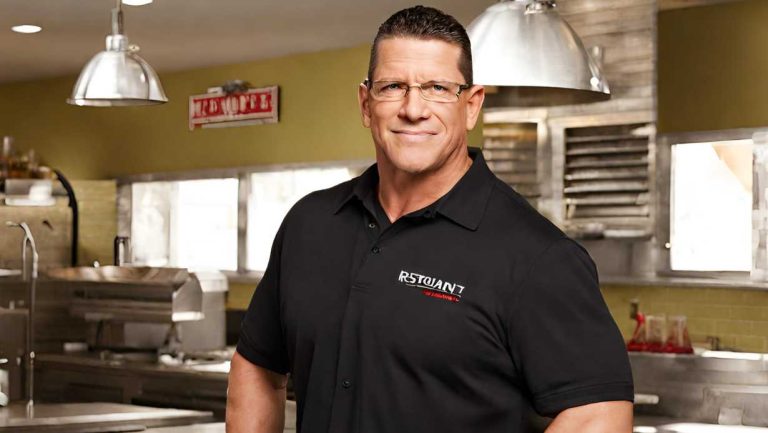
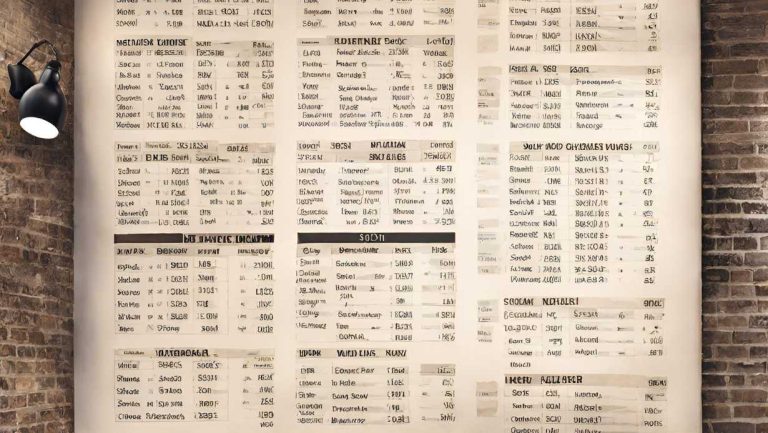
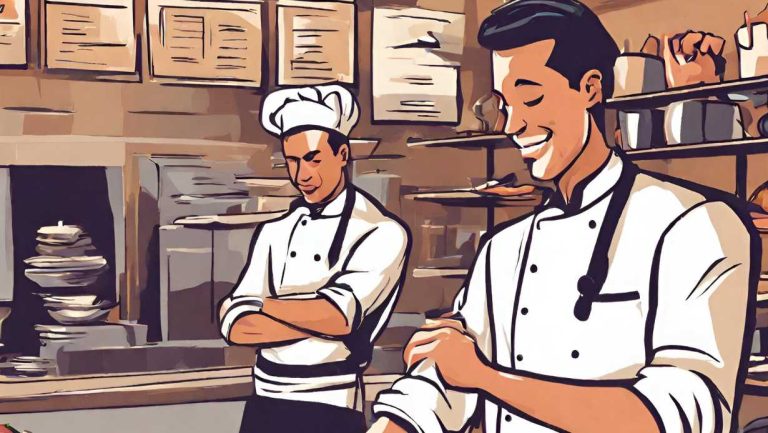
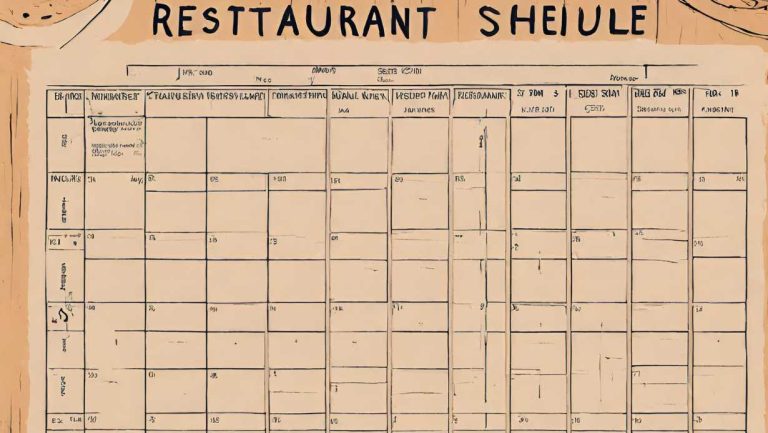
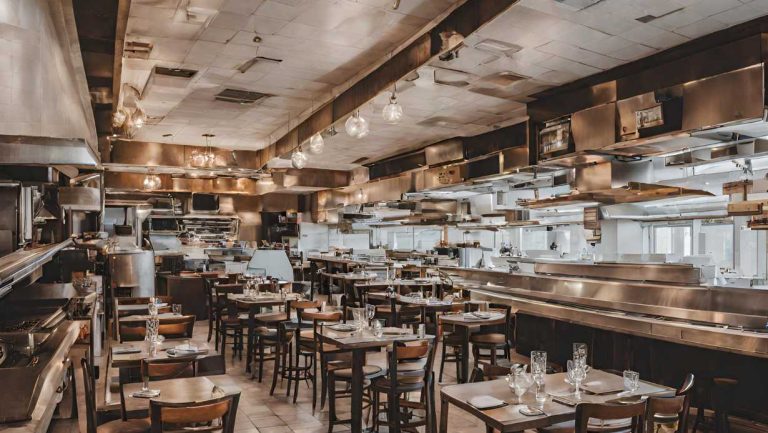
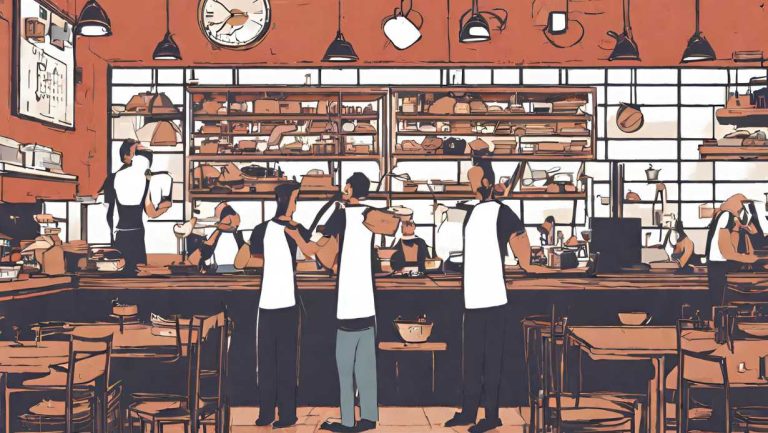
One Comment